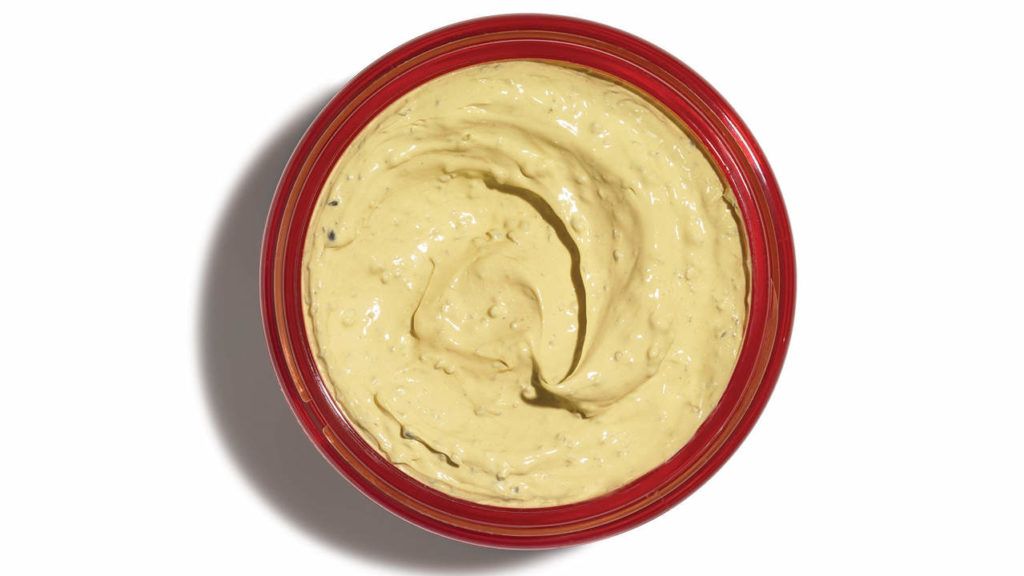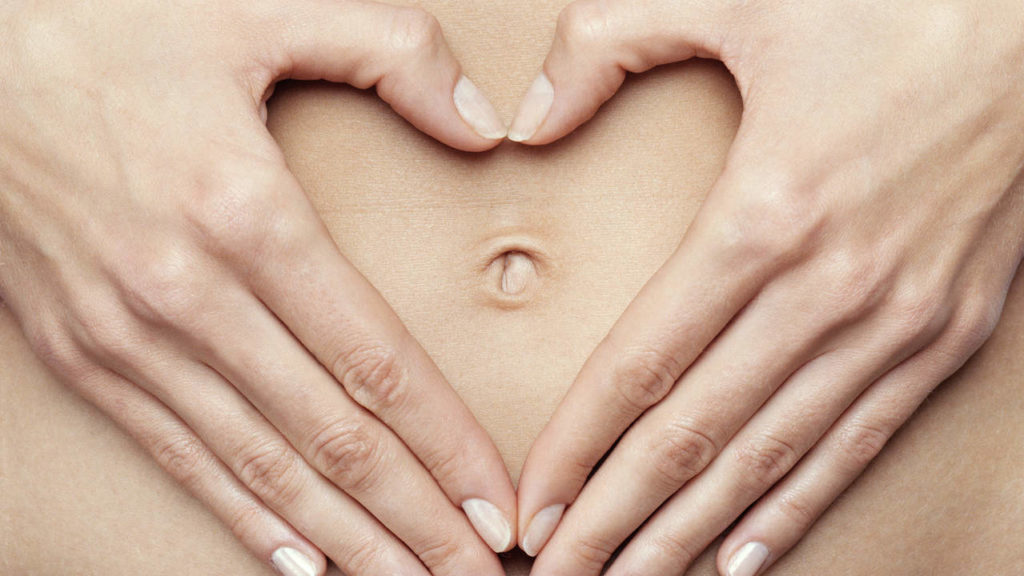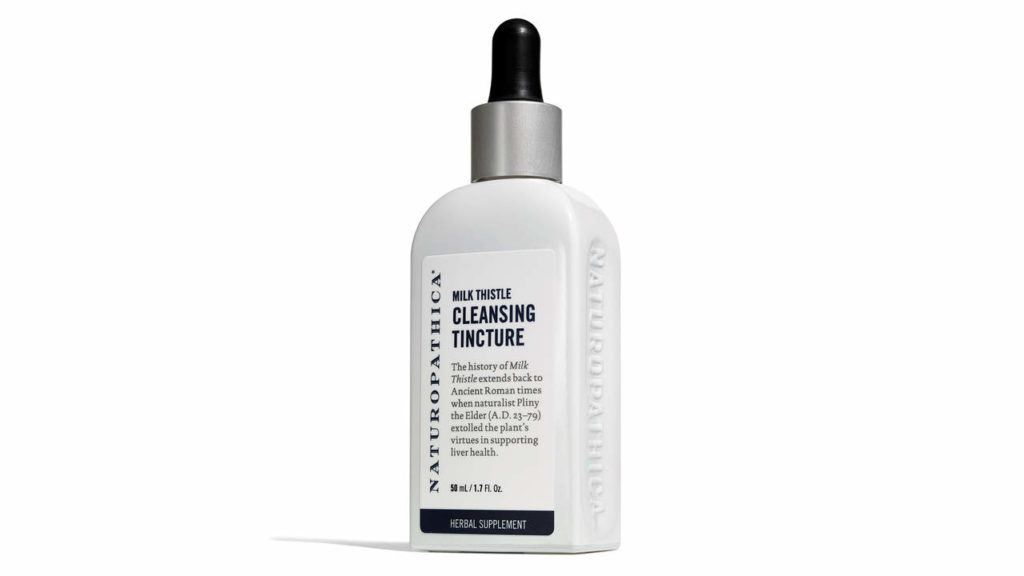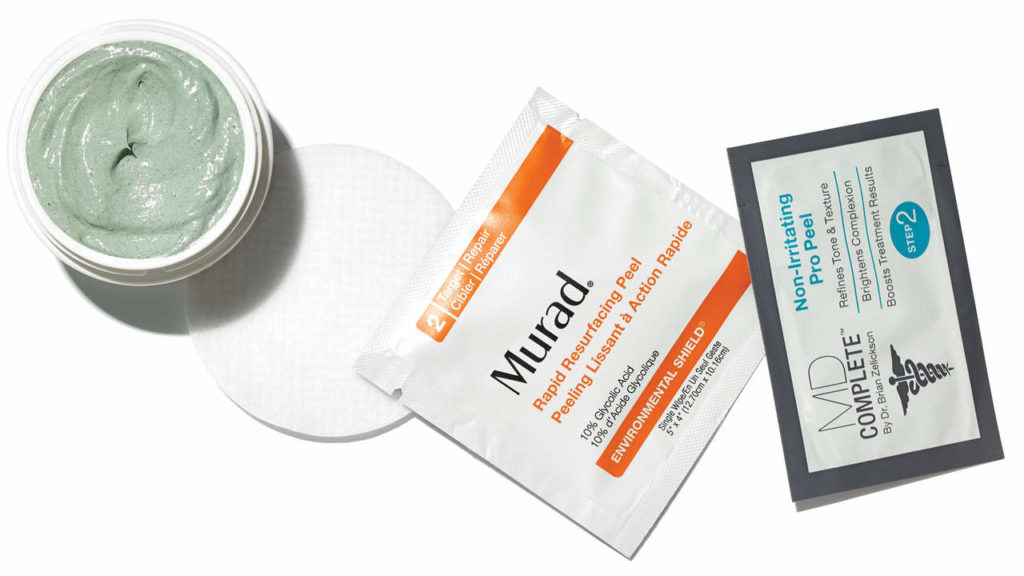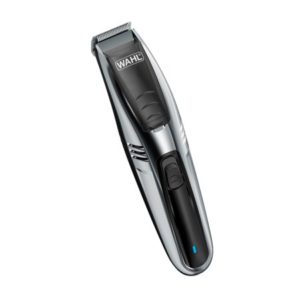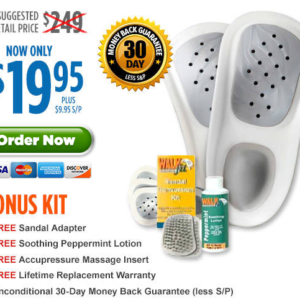7 Healthy Diet Changes for Better Skin
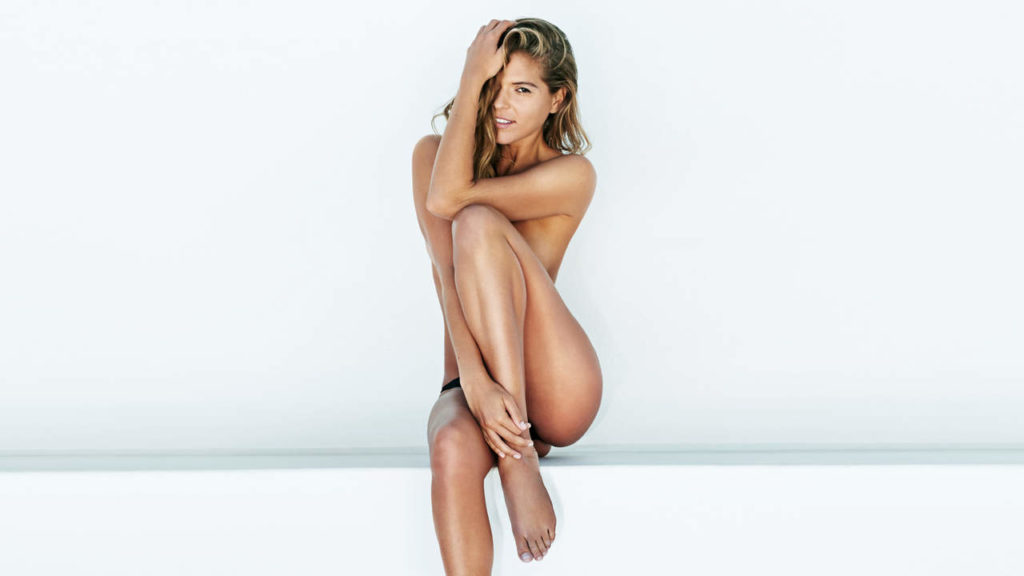
Truly radiant skin starts from within.
This story originally appeared on Health.com by Jolene Edgar.
Clear skin diet
Emerging research is underscoring a shift in the way we think about beauty—now, it’s less about superficial fixes and more about understanding the key components of good health. In other words, beauty literally does start from within. Here, seven healthy diet changes that can help you get better skin from the inside out. Think of it as the 360 approach to looking great at every age.
Pop vitamin D3 for vibrant skin and hair
Made in the skin through UVB exposure, the sunshine vitamin is a mainstay among dermatologists. They first recognized its ability to regulate skin cells while treating patients with psoriasis, a disease marked by warp-speed cell growth. More recently, “studies have shown that D3 can help activate hair growth by similar means—boosting the metabolism of the follicles and encouraging those cells to turn over in a more normal way,” says Michelle Henry, MD, a dermatologist in New York City. Dermatologists are also using D3 to treat acne, as it “strengthens the moisture barrier, preventing skin from drying out and then paradoxically unleashing more oil to protect itself from dehydration,” explains New York City dermatologist Whitney Bowe, MD.
The vitamin also regulates the skin’s antimicrobial system, turning on the production of antibacterial peptides called cathelicidins, which is why “without sufficient vitamin D3, we are more prone to developing infections and inflammatory conditions,” says Jeannette Graf, MD, a dermatologist in New York City. Bottom line: Since we create less D3 as we get older, and few foods are naturally rich sources, supplements are still essential. Dr. Graf encourages adult-acne patients to take 5,000 IUs a day. (Talk to your doctor before trying any new drug.)

Drink kombucha for a probiotic punch
“There’s an irrefutable connection between our gastrointestinal tract and our skin, and internal inflammation can absolutely manifest outwardly,” says Robyn Gmyrek, MD, a dermatologist in New York City. (Her own celiac disease first presented as a blistering rash over 80 percent of her body.)
Cue probiotics. Beyond countering the growth of bad bacteria and improving digestion, they’ve been shown to curb inflammation, strengthen immunity, and neutralize free radicals that contribute to aging, explains Brooke Alpert, RD, author of The Sugar Detox. Lately, one particular source is earning lots of buzz: kombucha, a centuries-old fermented tea drink. According to Alpert, fermented foods offer more benefits than supplements, since they “contain more unique strains of bacteria while contributing vitamins, minerals, and proteins.”
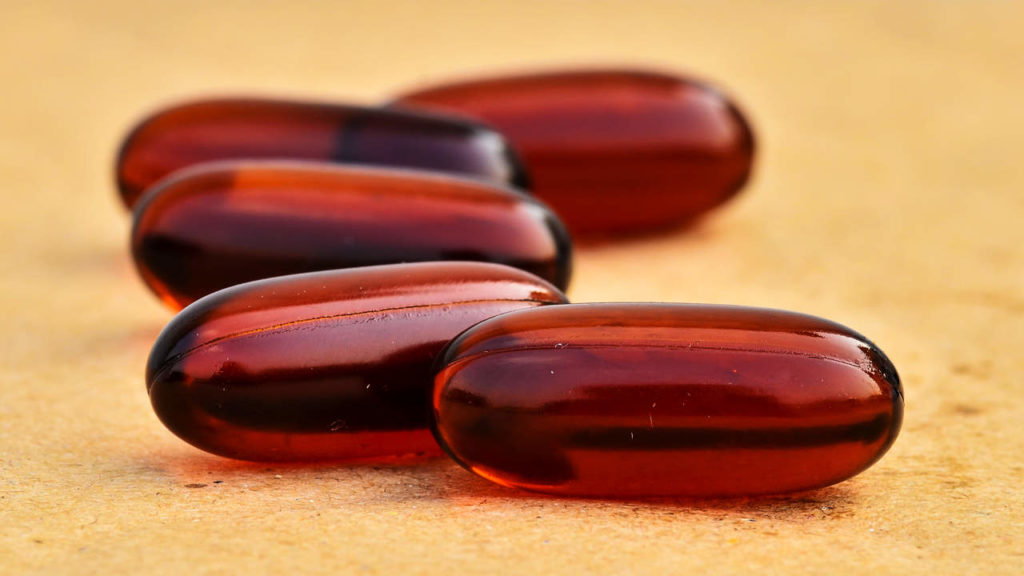
Swap fish pills for krill oil
Harvested from one of the earth’s cleanest oceans, Antarctic krill are tiny crustaceans loaded with omega-3 fatty acids (namely, EPA and DHA) and the antioxidant astaxanthin, which acts as a built-in preservative, staving off free radicals and maintaining the oil’s freshness.
“Krill oil provides the omega-3s our skin needs to form a balanced barrier and fight inflammation,” says Kristina Holey, a holistic facialist in San Francisco, who takes and recommends Dr. Mercola Antarctic Krill Oil ($30; amazon.com). Krill oil also offers the same cardiovascular and joint benefits as fish oil. And “at least half of krill’s long-chain omega-3s are in a form that’s thought to be more bioavailable than fish oil”—meaning better absorbed by the body—says Peter Nichols, PhD, a research scientist in Australia specializing in marine oils.
Krill fans assert that it’s virtually toxin-free, since krill don’t accumulate pollutants the way fish do. However, studies are still testing out this claim. In the meantime, look for marine oils labeled “distilled” or “purified”—an indication that “steps were taken to remove possible pollutants,” explains Nichols.
Photo by Christine Blackburne
Soothe and repair with turmeric
“The botanical I’m most taken with at the moment is turmeric root,” says Tammy Fender, an aesthetician in West Palm Beach, Fla., and founder of Tammy Fender Holistic Skin Care. Turmeric derives its power from its active ingredient, curcumin—a polyphenol with antioxidant, antimicrobial, and anti-inflammatory properties—says Barbara Delage, PhD, a nutrition scientist at the Linus Pauling Institute at Oregon State University. Ingested orally, curcumin is rapidly metabolized by and removed from the body, limiting its abilities.
But applied to the skin’s surface—via a body gel or face oil, say—”curcumin may help a range of skin conditions by blocking inflammation and accelerating healing,” says Delage. Preliminary evidence also suggests that topical curcumin may help treat precancerous skin lesions by stimulating the removal of damaged cells. Find it in Kiehl’s Turmeric & Cranberry Seed Energizing Radiance Mask ($32; kiehls.com).
Photo by Getty Images
Trust your gut!
What do gluten, dairy, soy, nuts (especially peanuts), sugar, and coffee have in common? They’re the most common dietary triggers of acne, eczema, and rashes, “even in those without allergies,” says New York City dermatologist Dendy Engelman, MD. Most affect our hormones, causing oil surges, puffiness and breakouts. The caffeine in coffee beans is an “alkaloid that can raise cortisol levels, leaving skin inflamed,” adds Dr. Engelman.
If you suspect a problem, see an allergist, or try an elimination diet to root out offenders: Remove all potential culprits for 8 to 12 weeks, then gradually reintroduce them one at a time. “If one of these foods makes your acne worse, it doesn’t mean it has to be out of your life forever,” points out Dr. Engelman. “Just when you notice that your skin is acting up.”
Photo by Christine Blackburne
Try a tincture
Once a secret of beauty insiders and holistic gurus, herbal tinctures have gone mainstream. These macerated herbs steeped in alcohol are “the most effective way to take an herbal remedy to support skin health,” says herbalist Barbara Close, founder of Naturopathica Healing Arts Centers and Spas in East Hampton, N.Y., and New York City. She notes that liquid herbal extracts possess more therapeutic properties than the dried herbs found in tea bags—but they’re every bit as safe and have a two-year shelf life. (Add the recommended number of drops to water, juice or tea, or place directly under your tongue. If you have a medical condition or take pharmaceutical drugs, ask a doctor first. Do not use if you’re pregnant or nursing.)
Naturopathica’s 12 tinctures, previously available only at the spa, were so in demand that Close decided to start selling them online this fall. One to try: Naturopathica Milk Thistle Cleansing Tincture ($28; naturopathica.com), said to aid digestion. The brands Urban Moonshine and The Organic Pharmacy also offer tinctures made to temper inflammation, bolster immunity and circulation, improve gut health and clarify the complexion.
Photo by Christine Blackburne
Fight pollution with a peel
An abundance of research is confirming what city dwellers have long suspected: Air pollution ages skin. One of the main culprits is particulate matter—bits of soot and chemical droplets released into the air by smokestacks and tailpipes. When it hits skin, free radicals form, “sparking inflammation and often acne, brown spots, and wrinkles,” says Dr. Bowe, who adds that the closer one resides to an urban center, the greater the risk.
In addition to face washing, she suggests using an at-home chemical peel once or twice a week to dissolve stuck-on debris and the dead cells it clings to. The latest formulas are gentle enough for sensitive skin. Four we like: First Aid Beauty Facial Radiance Intensive Peel ($40; sephora.com), L’Oréal Paris RevitaLift Bright Reveal Brightening Daily Peel Pads ($20 for 30; walmart.com), Murad Rapid Resurfacing Peel ($44 for 16; murad.com) and MD Complete 3-Day Booster Pack ($20; amazon.com).
This article originally appeared on Health.com.
